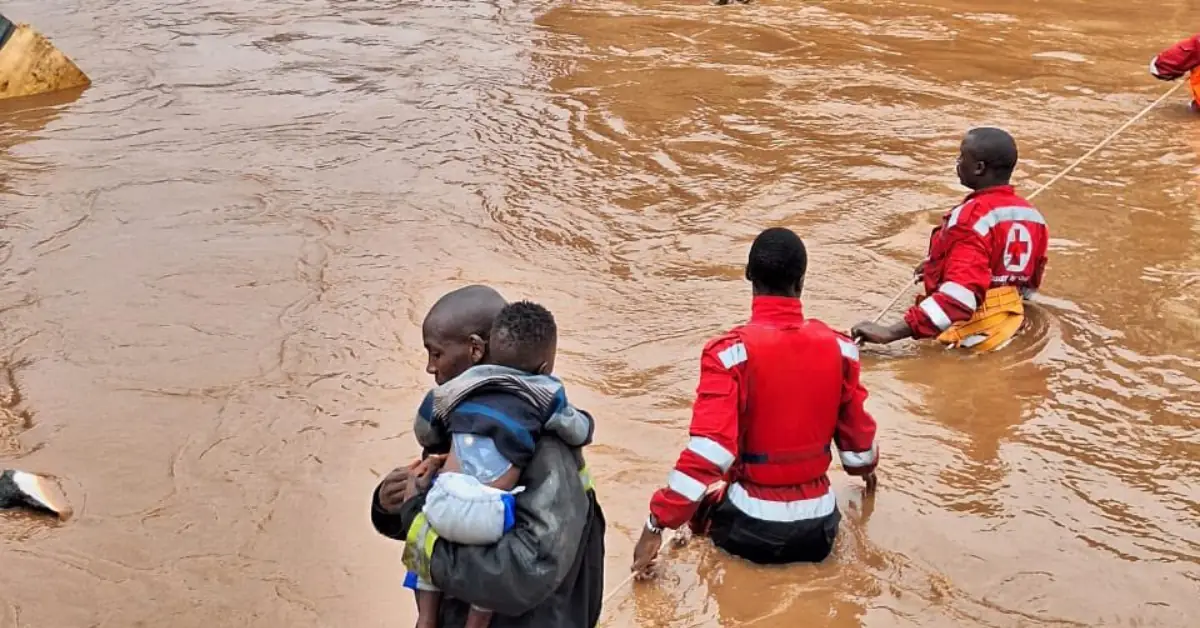Kenya nairobi flooding – Kenya’s capital, Nairobi, has become a victim of recurring floods that have wreaked havoc on its infrastructure, economy, and communities. Understanding the causes, consequences, and potential solutions to this ongoing challenge is crucial for addressing the issue effectively.
The relentless downpours and poor drainage systems in Nairobi have led to devastating floods, causing widespread damage and displacement. However, proactive measures, such as structural improvements and community engagement, can pave the way for a more flood-resilient city.
Causes of Flooding in Nairobi

Nairobi, the capital city of Kenya, has experienced significant flooding in recent years, causing widespread damage and displacement. The causes of flooding in Nairobi are multifaceted, involving both geographical factors and human activities.
Geographical Factors
Nairobi’s location in a valley surrounded by hills contributes to flooding. During heavy rainfall, water from the surrounding areas flows into the city, overwhelming drainage systems and causing flooding. The city’s topography, with steep slopes and narrow valleys, exacerbates the problem.
Urbanization and Poor Drainage Systems
Rapid urbanization in Nairobi has led to increased impervious surfaces, such as buildings and roads, which reduce the absorption of rainwater. This, combined with inadequate drainage systems, results in water accumulating on the streets and flooding. Poorly maintained drainage channels and blocked culverts further hinder the flow of water, contributing to flooding.
Climate Change and Extreme Weather Events, Kenya nairobi flooding
Climate change is exacerbating the frequency and intensity of extreme weather events, including heavy rainfall. The increase in rainfall intensity overwhelms drainage systems, leading to flooding. Rising temperatures also contribute to increased evaporation, which can lead to more frequent and intense storms.
Conclusion: Kenya Nairobi Flooding
As Nairobi grapples with the challenges posed by flooding, a comprehensive approach that encompasses infrastructure development, community involvement, and innovative solutions is essential. By addressing the root causes, implementing effective mitigation strategies, and raising public awareness, Nairobi can emerge as a city that thrives even in the face of heavy rainfall.
Essential Questionnaire
What are the primary causes of flooding in Nairobi?
Nairobi’s geographical location, coupled with urbanization and inadequate drainage systems, contributes significantly to the city’s flooding problems.
How does flooding impact Nairobi’s economy and infrastructure?
Flooding causes substantial economic losses, damages infrastructure, and disrupts essential services, hindering Nairobi’s development.
What role does climate change play in Nairobi’s flooding?
Climate change intensifies rainfall patterns, leading to more frequent and severe flooding events in Nairobi.





